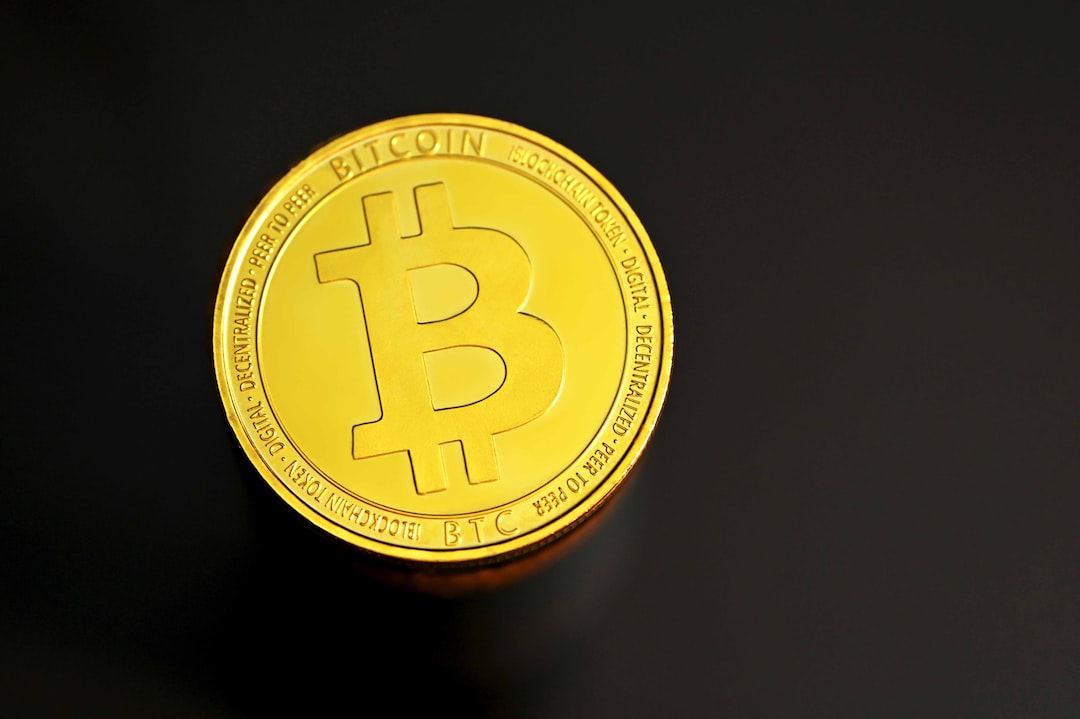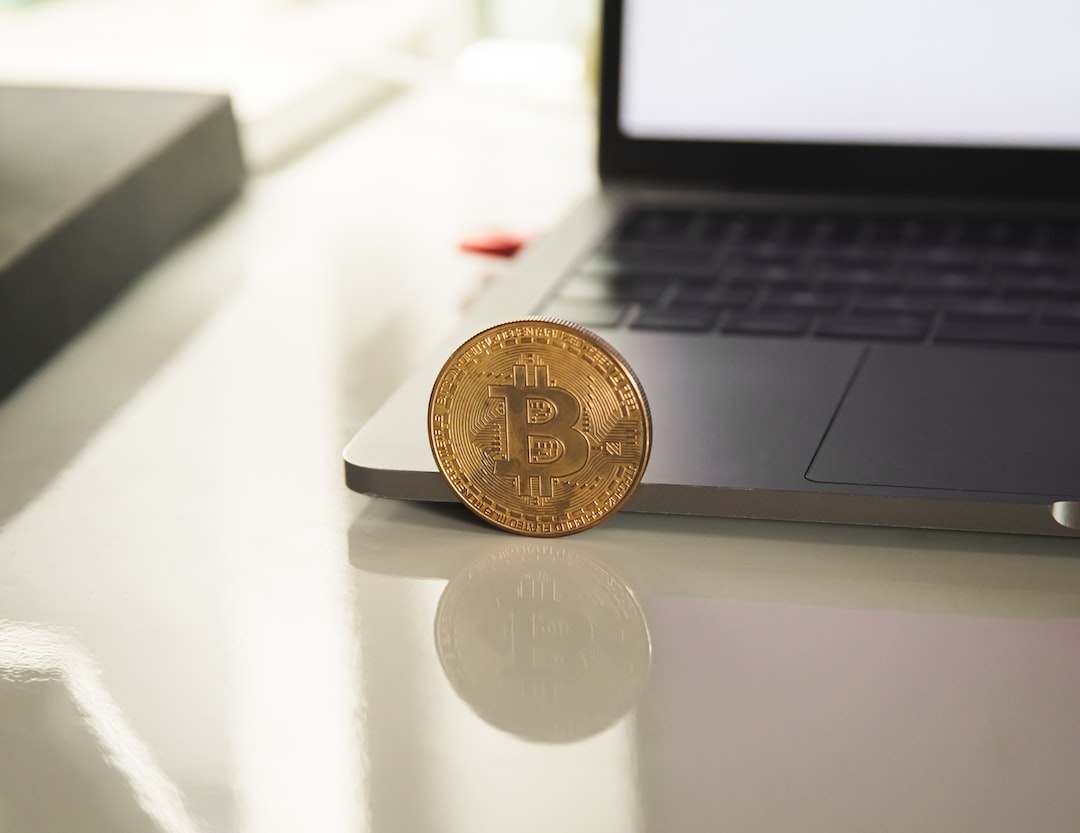NFTs and Physical Assets: Bridging the Gap Between Virtual and Physical Worlds
NFTs have gained mainstream attention in recent years, changing our understanding of digital assets. But did you know that NFTs can also be linked to physical assets? This innovative use-case has emerged, bridging the gap between the virtual and physical worlds.
Tokenization: Connecting NFTs with Physical Assets
Tokenization is the process of representing assets as digital assets on the blockchain. When an NFT represents a physical asset, it serves as proof of ownership for that item. This can be anything from artwork and real estate to luxury goods and event tickets.
The NFT associated with a physical asset contains unique information and metadata, including details about its origin, authenticity, and ownership history. This helps combat counterfeiting, protects intellectual property rights, and ensures trackability throughout the asset’s lifecycle.
Advantages of NFTs Representing Physical Assets
There are several advantages to linking NFTs with physical assets. One of them is fractional ownership, where multiple individuals can own a stake in the asset by purchasing a fraction of the NFT. This increases accessibility and diversification for people with limited capital.
Fractional ownership also enhances liquidity for traditionally illiquid assets by creating secondary markets where investors can buy and sell fractional ownership stakes. This provides liquidity and potentially increases market depth for these assets.
Furthermore, some physical assets come bundled with additional perks or privileges attached to the corresponding NFT. For example, Mastercard recently offered Music Pass NFTs that provided collectors with benefits like an AI-powered music generator app and access to virtual showcases featuring artists in their program.
The Rise of “Phygitals”
The relationship between NFTs and physical assets has given rise to unique concepts called “phygitals.” These concepts blend the physical and digital worlds to create interactive and immersive experiences for NFT holders. Nike, for instance, has introduced blockchain-based sneakers that can be owned as NFTs and also come with physical versions.
The Future of NFTs and Physical Assets
NFTs representing physical assets have significant potential and a promising future. They democratize access to ownership and investment in physical assets while offering unique digital experiences and additional perks. Smart contracts can enforce terms and conditions, ensuring fair compensation for creators and reducing disputes.
However, challenges remain in integrating NFTs with physical items. Legal frameworks, regulatory compliance, and intellectual property rights need to be addressed for a secure and standardized environment. Additionally, seamless transferability and consumer-friendly NFT marketplaces are necessary for efficient trading.
Hot Take: NFTs Pave the Way for New Opportunities
NFTs have revolutionized the digital asset landscape and extended their reach to physical assets. By tokenizing physical items, NFTs offer new opportunities for ownership, investment, and engagement. As the technology continues to evolve, the relationship between NFTs and physical assets is expected to grow, shaping new avenues for custody, creativity, interaction, and value exchange.





 By
By
 By
By
 By
By
 By
By
 By
By